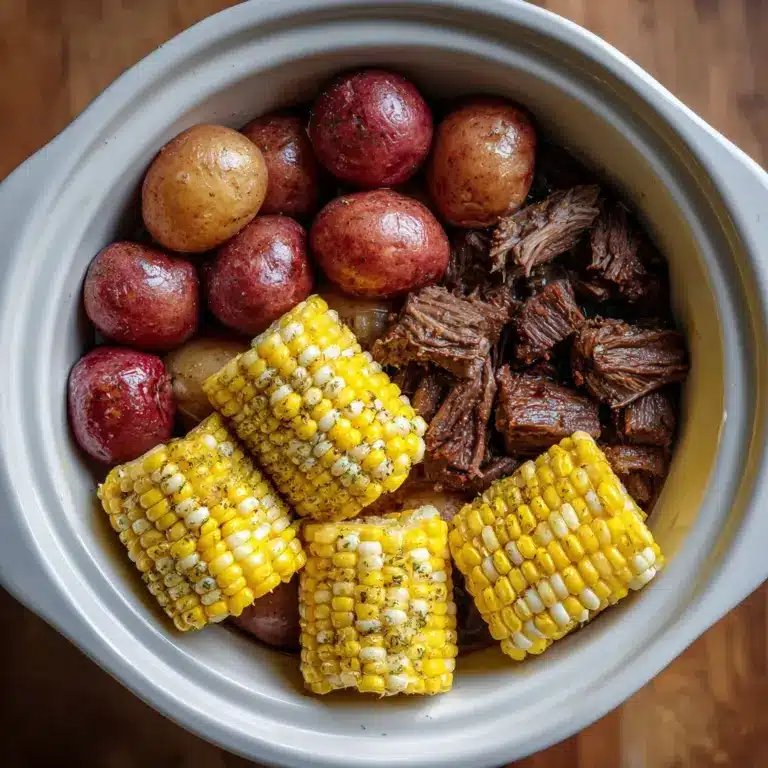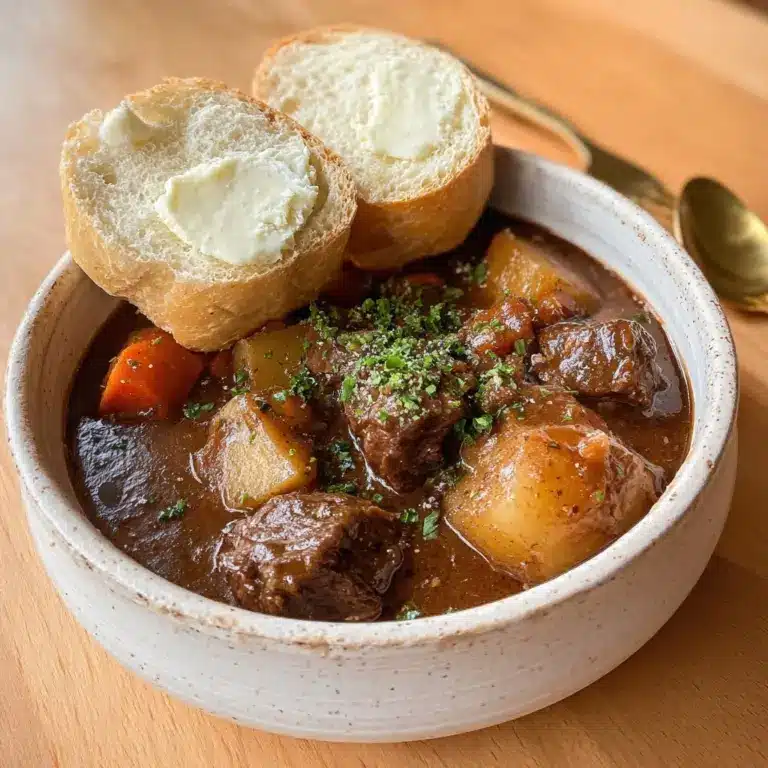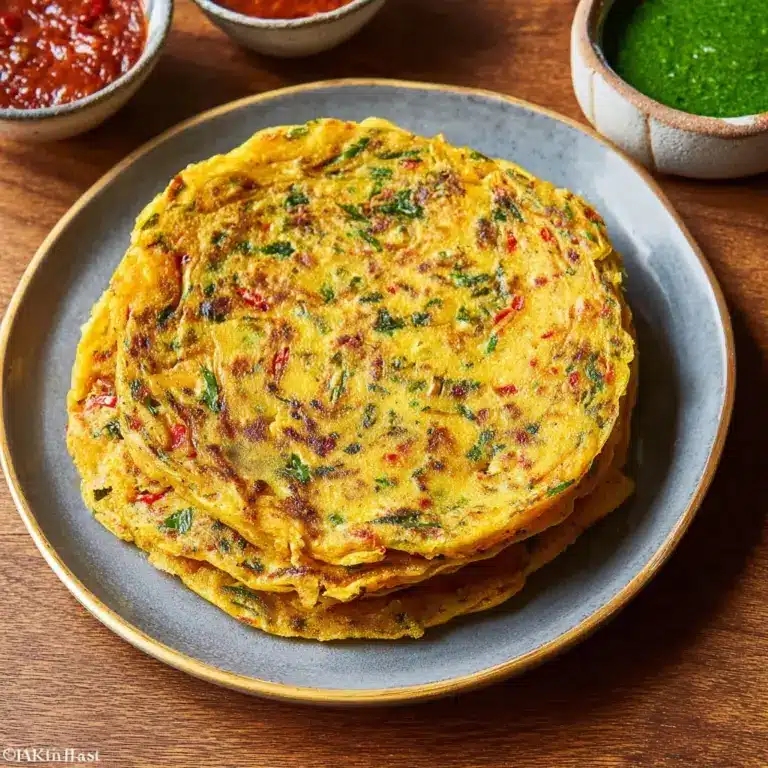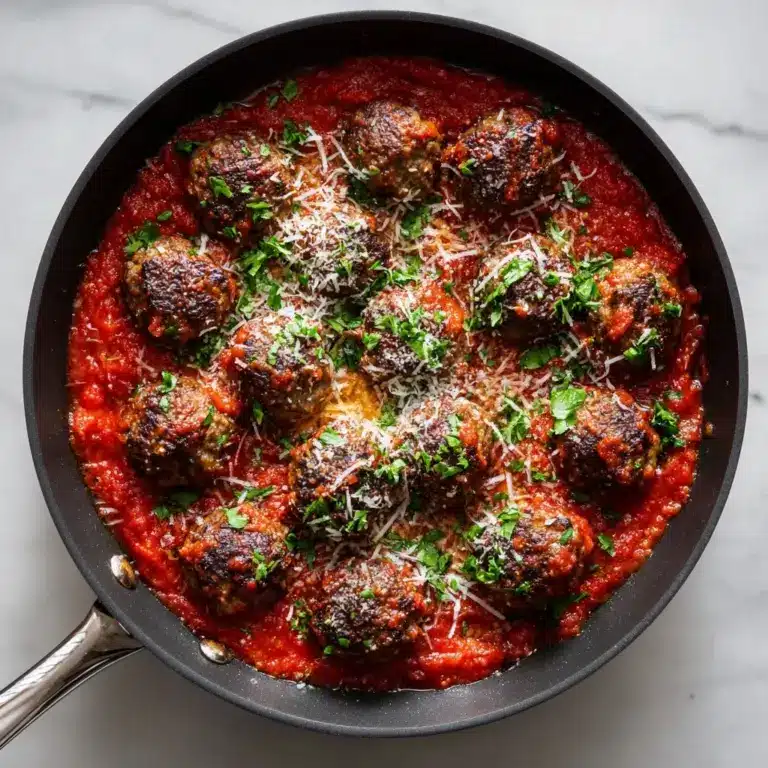Japanese GYOZA (Dumplings) Recipe
If you’ve ever craved the perfect bite-sized delight that’s crispy on one side, tender on the other, and bursting with a savory filling, you’re about to fall head over heels for Japanese GYOZA (Dumplings). These little pockets of joy combine fresh cabbage, fragrant garlic chives, and juicy ground pork, all wrapped in thin, delicate wonton wrappers and pan-fried to golden perfection. Whether you’re a dumpling aficionado or trying them for the first time, mastering Japanese GYOZA (Dumplings) at home is a rewarding experience that will keep you coming back for more.
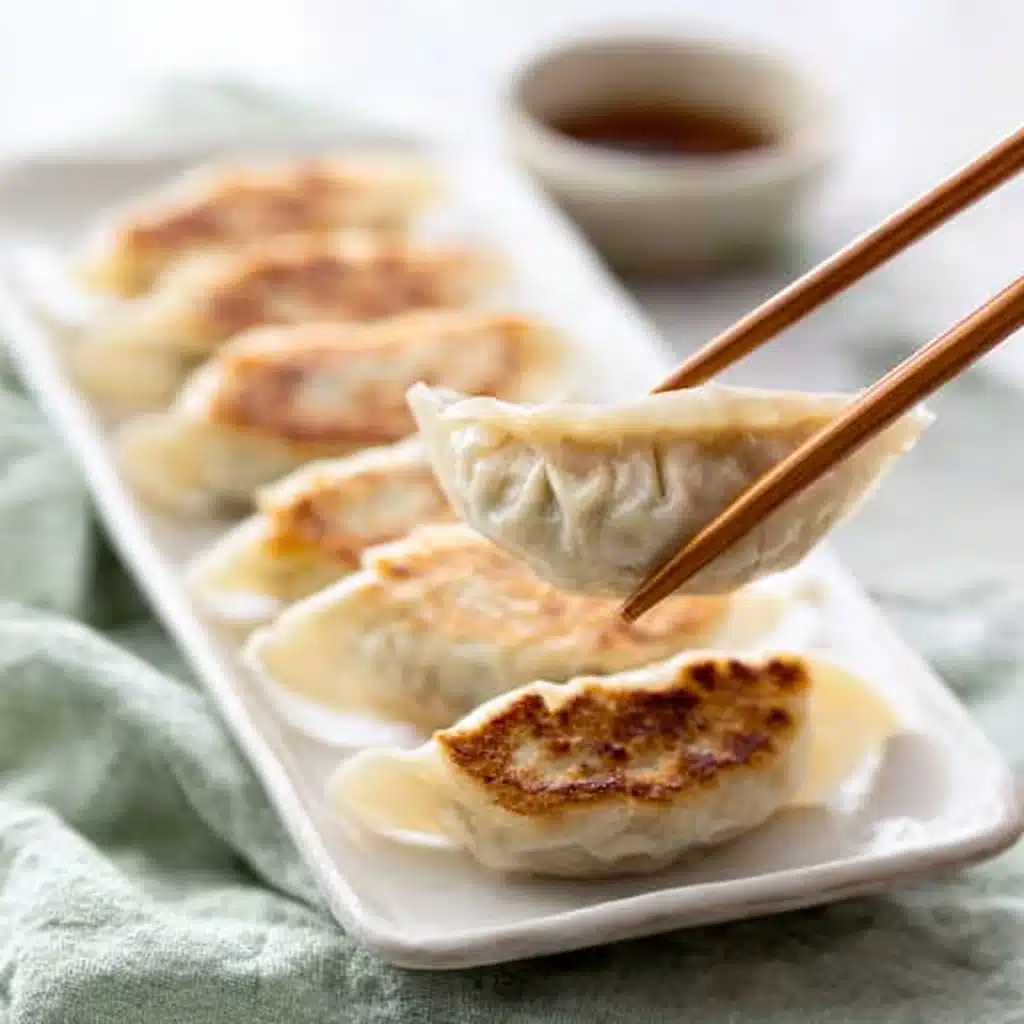
Ingredients You’ll Need
The beauty of making Japanese GYOZA (Dumplings) lies in the simplicity and freshness of its ingredients — each one plays a crucial role in achieving that irresistible flavor and texture harmony. From the finely chopped cabbage adding crunch and moisture to the flavorful pork filling, every component is essential for that authentic taste.
- 1 1/2 cups green cabbage, very finely chopped: Adds subtle sweetness and a satisfying crunch after wilting.
- 1 tsp salt, separated: Helps draw out moisture from the cabbage and seasons the filling evenly.
- 1 lb (500g) ground pork (mince): The heart of the dumpling with rich, juicy flavor; fattier pork works best.
- 1 cup garlic chives, finely chopped: Offers a mild garlicky aroma and a fresh green burst of flavor.
- 1 garlic clove, crushed: Gives a pungent, savory kick to the filling.
- 1 tsp ginger, grated: Adds warmth and subtle zest that brightens the taste.
- 1 tsp sesame oil: Delivers a nutty depth that rounds out the mixture beautifully.
- 1 tbsp cornstarch/corn flour: Helps bind the filling and keeps it juicy but not too wet.
- 2 tsp soy sauce: Imparts umami richness and seasoning to the mix.
- 1 tsp cornflour (for the tray): Prevents sticking, making assembly a breeze.
- 40-45 round wonton (gyoza) wrappers: The delicate, thin wrapper that crisps up perfectly when cooked; usually found in the refrigerated or frozen section.
- 3 tbsp vegetable oil (or other cooking oil): Used for frying to achieve that golden, crunchy base.
- Soy sauce, rice wine vinegar, and chili oil: For the dipping sauce that balances savory, tangy, and spicy flavors.
How to Make Japanese GYOZA (Dumplings)
Step 1: Prep the Cabbage
Start by combining the finely chopped cabbage with half a teaspoon of salt. Let it sit for 20 minutes so the salt can draw out excess moisture, allowing the cabbage to wilt slightly. This step is key to avoiding soggy dumplings and gives the filling a lovely texture.
Step 2: Mix the Filling
Once the cabbage has wilted, squeeze out any extra water—it’s crucial to keep the filling from getting watery. Add the cabbage to a large bowl along with the ground pork, garlic chives, crushed garlic, grated ginger, sesame oil, cornstarch, soy sauce, and the remaining half teaspoon of salt. Use your hands to mix everything together thoroughly until well combined and slightly sticky. This hands-on step ensures all the flavors meld perfectly.
Step 3: Prepare Your Workspace
Sprinkle a baking tray with a teaspoon of cornstarch. This simple trick prevents the gyoza from sticking as you assemble them. Keep a small bowl of water nearby to help seal the dumpling edges.
Step 4: Assemble the Japanese GYOZA (Dumplings)
Working one wrapper at a time, place it in the palm of your hand. Wet one half of the wrapper’s edge with water using your finger—this acts as the ‘glue’ to seal the dumplings. Spoon a heaping tablespoon of filling onto the center of the wrapper, then fold it over. Using your fingers and thumb, create about four pleats along the edge to seal it tightly. Place each finished gyoza on the prepared tray, leaving a little space between them. Don’t worry if your pleats aren’t perfect; these little dumplings are all about love and flavor.
Step 5: Cook the GYOZA
Heat one tablespoon of vegetable oil in a large skillet with a lid over medium-high heat. Arrange about 12 gyoza in neat rows, letting them lightly touch but not overcrowd the pan. Fry until the bottoms turn light golden brown, then gently pour about a third of a cup of water into the pan, being careful to avoid splashing. Quickly cover with the lid to steam the dumplings. Cook until the water evaporates completely and the tops become a little translucent — about 3 to 4 minutes. Use a spatula to flip the gyoza onto a plate, golden side up.
Step 6: Make the Dipping Sauce
For the perfect dipping sauce, serve soy sauce, rice wine vinegar, and chili oil separately. This way everyone can tailor the dip to their own taste, mixing equal parts soy sauce and vinegar, then adding as much chili oil as preferred for that fiery kick.
How to Serve Japanese GYOZA (Dumplings)
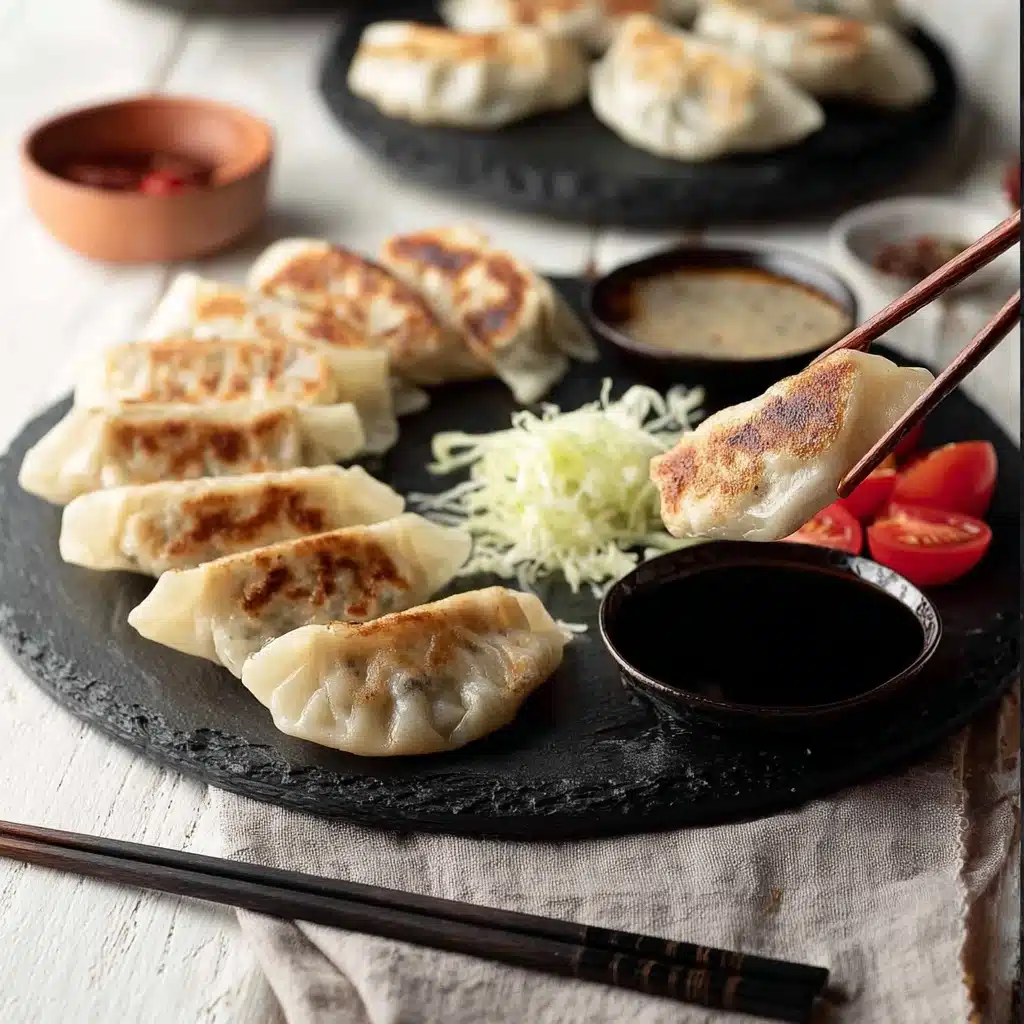
Garnishes
Freshness is key when serving Japanese GYOZA (Dumplings). Sprinkle thinly sliced green onions on top or add a few sesame seeds for crunch and visual appeal. A small side of pickled ginger offers a palate-cleansing zing that pairs beautifully with the rich pork filling.
Side Dishes
While gyoza steal the spotlight, pairing them with a light salad, steamed rice, or a bowl of miso soup rounds out the meal perfectly. The contrast of warm dumplings and a cooling cucumber salad makes for a party of textures and flavors in every bite.
Creative Ways to Present
For a crowd-pleaser presentation, arrange the Japanese GYOZA (Dumplings) in a circular pattern on a large platter and place small bowls of complementary dipping sauces in the center. You can even jazz it up by serving them atop a bed of sautéed greens or wrapping a few in lettuce leaves for a whimsical handheld treat.
Make Ahead and Storage
Storing Leftovers
If you have any leftover Japanese GYOZA (Dumplings), store them in an airtight container in the refrigerator. They stay fresh for up to two days, ready to be quickly reheated for a tasty snack or another meal.
Freezing
One of the best things about gyoza is that they freeze beautifully. Lay the uncooked dumplings on a tray dusted with cornstarch, freeze until firm, then transfer them to a sealed freezer bag. This way, you can enjoy freshly cooked gyoza anytime without starting from scratch.
Reheating
To reheat, pan-fry frozen or refrigerated gyoza in a bit of oil until the bottoms crisp up, then add a splash of water and cover to steam through once more. This method revives their original texture better than microwaving.
FAQs
Can I substitute the pork with other meats or vegetables?
Absolutely! Ground chicken or turkey works well if you prefer a leaner protein. For a vegetarian option, try finely chopped mushrooms, tofu, and extra garlic chives. The key is finely chopping and mixing ingredients to maintain the right filling texture.
Where can I find gyoza wrappers?
Most Asian markets carry round wonton or gyoza wrappers in their refrigerated or frozen sections. You can also sometimes find them in larger supermarkets’ frozen food aisles or buy specialty wrappers online.
Why do you add cornstarch to the filling?
Cornstarch acts as a binder, holding moisture in the filling without making it soggy, which ensures each gyoza maintains a juicy inside while beautiful and firm on the outside.
Can I steam gyoza instead of pan-frying?
Certainly! Steamed gyoza are soft and tender but lack the iconic crispy bottom. For the best of both worlds, try the pan-fry and steam method described, which creates a perfect contrast between textures.
How do I prevent gyoza from sticking when cooking?
Make sure the pan and oil are hot before adding the gyoza, and avoid overcrowding. Sprinkling cornstarch on your tray during assembly also prevents sticking before cooking.
Final Thoughts
There’s something truly special about homemade Japanese GYOZA (Dumplings) that makes every step — from chopping to pleating to frying — a joyful kitchen adventure. Whether shared with family or enjoyed as a comforting treat, these dumplings bring warmth, flavor, and a little bit of happiness to the table. So grab your ingredients, roll up your sleeves, and let these addictive Japanese GYOZA (Dumplings) become your new favorite kitchen tradition.
PrintJapanese GYOZA (Dumplings) Recipe
This authentic Japanese Gyoza recipe features tender pork and finely chopped cabbage wrapped in delicate wonton wrappers, pan-fried to a perfect golden crisp and steamed to juicy perfection. Accompanied by a flavorful dipping sauce of soy sauce, rice vinegar, and chili oil, these dumplings are a delicious snack or appetizer that bring the taste of Japan into your kitchen.
- Prep Time: 30 minutes
- Cook Time: 15 minutes
- Total Time: 45 minutes
- Yield: 40–45 gyoza dumplings 1x
- Category: Appetizer
- Method: Pan-frying and steaming
- Cuisine: Japanese
- Diet: Halal
Ingredients
Filling
- 1 1/2 cups green cabbage, very finely chopped
- 1 tsp salt, separated (1/2 tsp for cabbage, 1/2 tsp for filling)
- 1 lb / 500g ground pork (mince, ideally fattier)
- 1 cup garlic chives, finely chopped
- 1 garlic clove, crushed
- 1 tsp ginger, grated
- 1 tsp sesame oil
- 1 tbsp cornstarch (corn flour)
- 2 tsp soy sauce
Wrapper and Cooking
- 40 – 45 round wonton (gyoza) wrappers (approximately 1 1/2 packets)
- 1 tsp cornflour (cornstarch) for dusting tray
- 3 tbsp vegetable oil or other cooking oil
Dipping Sauce
- Soy sauce (to taste)
- Rice wine vinegar (to taste)
- Chili oil (Rayu, Japanese chili oil, to taste)
Instructions
- Prepare the cabbage: Combine the finely chopped green cabbage with 1/2 teaspoon of salt in a small bowl. Set aside for 20 minutes to allow the cabbage to wilt slightly and release excess moisture.
- Make the filling: Squeeze out any excess water from the cabbage. In a large bowl, add the ground pork, garlic chives, crushed garlic, grated ginger, sesame oil, 1 tablespoon cornstarch, 2 teaspoons soy sauce, the remaining 1/2 teaspoon salt, and the squeezed cabbage. Mix everything thoroughly with your hands until well combined.
- Prepare the work surface: Sprinkle about 1 teaspoon of cornstarch onto a baking tray to prevent the gyoza from sticking as you prepare them.
- Assemble the gyoza: Take one gyoza wrapper and place it on your palm. Dip your finger in water and moisten around the edges of half the wrapper. Place about 1 heaping tablespoon of filling on the center of the wrapper. Fold the wrapper over the filling in half, then use your fingers to create about 4 pleats along the sealed edge, pressing firmly to seal them tightly. Place the finished gyoza onto the prepared tray. Repeat until all wrappers and filling are used.
- Heat the pan: Heat 1 tablespoon of vegetable oil in a large skillet with a lid over medium-high heat.
- Cook the gyoza: Arrange about 12 gyoza in the pan in rows, slightly overlapping. Fry them until the underside turns light golden brown.
- Steam the gyoza: Pour 1/3 cup water around the edges of the pan, avoiding splashing directly onto the gyoza, then immediately cover with the lid. Cook until the water completely evaporates and the gyoza wrappers on top become slightly translucent, about 3 to 4 minutes.
- Finish and serve: Use a spatula to carefully lift the gyoza from the pan and transfer onto a plate, placing them golden side up. Serve immediately with the dipping sauce.
- Prepare the dipping sauce: Serve soy sauce, rice wine vinegar, and chili oil separately so diners can mix to their taste. A typical ratio is equal parts soy sauce and vinegar with a generous splash of chili oil.
Notes
- Note 1: Garlic chives give a traditional flavor but can be substituted with regular chives if unavailable.
- Note 2: Wonton wrappers are commonly labeled as ‘Gow Gee wrappers’ in some stores; 40-45 wrappers make about 40-45 gyoza.
- Use fattier pork for juicier filling, but lean pork works if preferred.
- Do not overfill the wrappers to prevent bursting during cooking.
- Make sure to dry the cabbage well after wilting to avoid soggy dumplings.
- This recipe can be made ahead; freeze the assembled gyoza on a tray before cooking.
Nutrition
- Serving Size: 5 gyoza (approx. 100g)
- Calories: 220
- Sugar: 1g
- Sodium: 480mg
- Fat: 14g
- Saturated Fat: 4g
- Unsaturated Fat: 8g
- Trans Fat: 0g
- Carbohydrates: 14g
- Fiber: 1.5g
- Protein: 12g
- Cholesterol: 45mg
Keywords: Japanese gyoza, dumplings, pork gyoza, pan-fried dumplings, Asian appetizer, homemade gyoza


